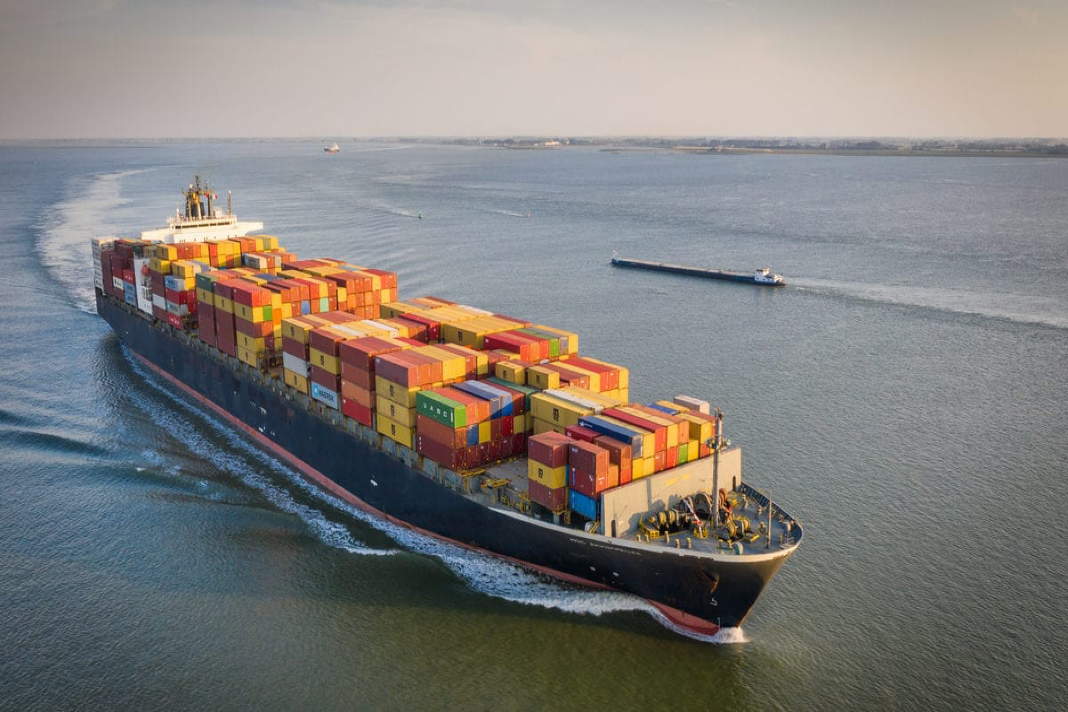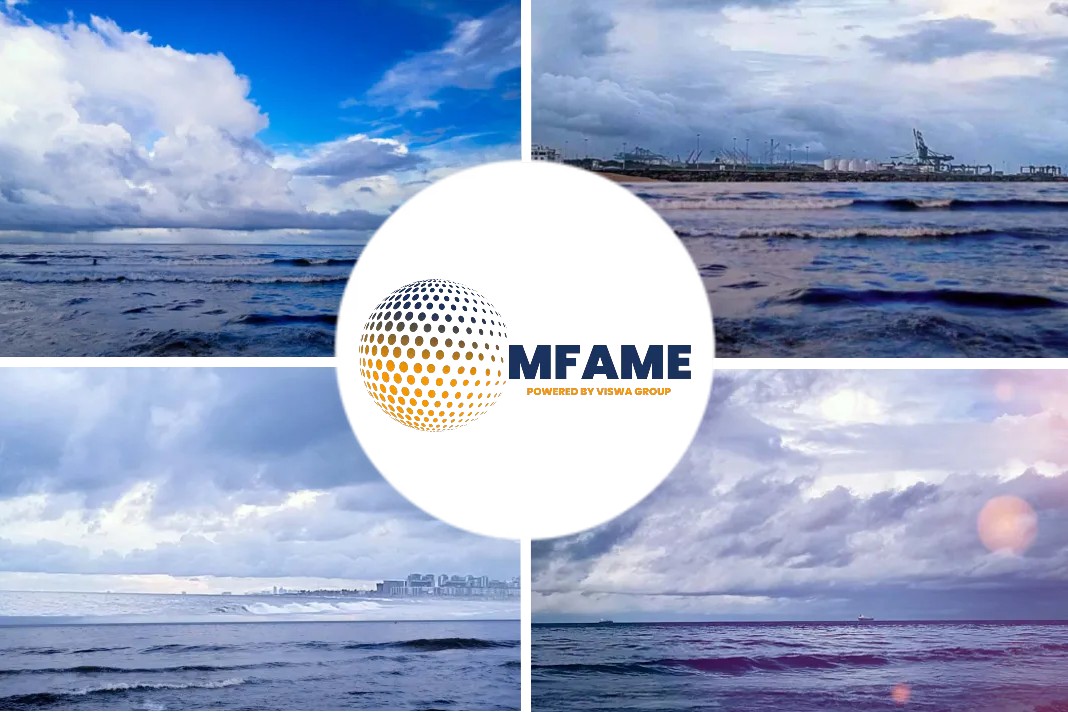
Augmented Reality Solutions In Shipping Industry
The use of augmented reality (AR), i.e. the addition of computer-generated information to real images…, says an article published on Fraunhofer CML website.
Augmented reality in various areas
The use of augmented reality (AR), i.e. the addition of computer-generated information to real images, has become established in various areas: In the maintenance of machines and systems, AR helps to carry out and document repairs in a needs-oriented and guided manner.
Other areas of application include the evaluation of movement profiles and the planning of escape routes in complex systems such as cruise ships. However, AR applications have so far been rare in shipboard operations.
Yet this is precisely where an interesting field is opening up. In view of the increasing digitization of shipping, the availability of data on the current nautical situation or on details of the ship’s operating status is rising continuously. At the same time, manning levels on many ships are decreasing.
It is imperative that safe operation remains guaranteed. Fraunhofer CML employees have been conducting research in this area of conflict between data selection and provision, optimized personnel deployment and personnel qualification for several years.
Use of AR onboard ship
To ensure that the large amount of available information on board can be prepared and made available to different users in a targeted manner, some preliminary work must be done: In addition to analyzing the user-specific information required for individual maneuvers, the data available on the ships plays a decisive role.
And last but not least, the presentation of the data must be complete for each individual user, yet easy to implement: Data on ship position and movement, relevant environmental data, and nautical information on approach and specified berth, supplemented by the current maritime traffic situation, enable a pilot to control the ship from shore as well.
Camera systems and other optical monitoring sensors can provide important information from the maneuvering stations to the bridge to give the nautical officer a more comprehensive overview than is currently possible.
Thus, the use of AR offers the possibility to improve the efficiency and safety of shipping, and thus its economic efficiency, a further step.
Testing and evaluating AR
At the CML, ship handling simulators reproduce real situations as a test environment. Here, the testing of AR developments, with internal and external navigators as well as pilots and tugboat personnel, takes place.
Special emphasis is currently being placed on identifying data formats that existing or new systems can provide. In addition, the experts are developing, testing and evaluating AR-based human-machine interfaces that enable intuitive display and interaction with sensory data.
Did you subscribe to our daily newsletter?
It’s Free! Click here to Subscribe!
This content was originally published here.



